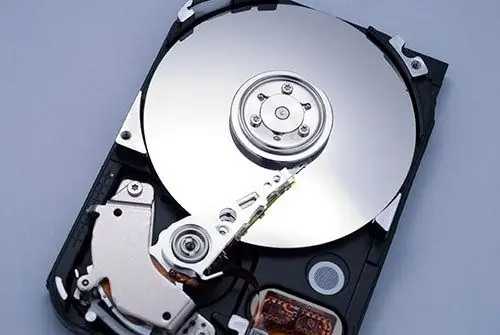Most users do not partition the hard drive when installing the OS on a computer for the first time. This is a mistake, because if the system is attacked by virus software, the HDD will have to be formatted, and all important files will be deleted. In addition, partitioning into local disks will make it easier to find data and improve system performance.

Instructions
Step 1
There are many ways to partition your hard drive, from special programs to installation discs. Next, we will consider the simplest way - using the standard tools of the Windows OS itself. Defragment the disk (optional) before starting the operation. Next, open the "Start" menu by left-clicking on the icon, and type in the search box "Computer Management". A window will pop up, on the left side of which open "Disk Management".
Step 2
Move the cursor over the hard disk and bring up the context menu by clicking the right mouse button. Now select the item "Shrink volume …" from the list. After the process is finished, determine the size of the disk space for the new volume using the "Compressible space" field. To prevent the HDD from filling up quickly, specify the volume of the future disk slightly less than that available for compression. Then click the "Compress" button.
Step 3
In the unallocated space, right-click and select Create Simple Volume. In the first dialog box click "Next", and in the other - make sure the specified size is correct or reduce it (the line "Simple volume size") if you want to create multiple disks. Click "Next" again.
Step 4
Now assign a letter for the future partition from the list line "Assign drive letter" and click "Next" to confirm the selection. Make sure the File System field is NTFS, then click Next. In the last window, click the "Finish" button to confirm your actions. That's all, you just have to wait for the formatting process to finish.






